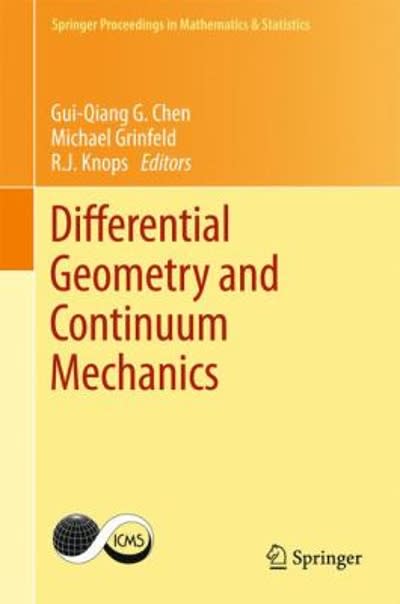Question
STAT219 Week 3-Study Guide Observation and Experimental Studies, Probability, Diagnostic Tests 1.What are the two primary types of study design that are used to collect
STAT219
Week 3-Study Guide
Observation and Experimental Studies, Probability, Diagnostic Tests
1.What are the two primary types of study design that are used to collect data?
2.Explain what is involved in an Experiment or anExperimental Study
3.Explain what is involves in an Observational Study
4.What are the three design principles used in an experimental design?
5.Observational Studies can be either Prospective or Retrospective,
(a)Explain Prospective Observational Study
(b) Explain Retrospective Observational Study
6.Identify the following as an example of an experiment or observational study:
a.A restaurant management is evaluating the data about the types of beverages ordered for the month of July for the last 5-years
b.High school students have set us a blind taste test for diet vs regular cola to investigate whether their peers can identify the soda type correctly.For each participant, the order of the cola type to taste is randomized.
1.What is the chance of flipping heads when a fair coin is tossed?
2.What is the change of getting 1 when rolling a fair die?
3.What is the chance of not rolling a 2 when rolling a fair die?
4.Consider rolling two fair dice.What is the chance of getting two 1s?
6.Define Probability.
7.Define the Law of Large Numbers.
8.Probability always takes values between what two numbers inclusively?
9.What is an equivalent word for disjoint?
10.What does disjoint mean?
11.What is the Addition Rule of Disjoint Outcomes?
12.If event A = {1, 2} and event D = {2, 3}, are these events mutually exclusive? Why or why not?
13.What is the General Addition Rule?
14.Finish the sentence:In the language of statistics, "or" is inclusive such that A or B occurs means...
15.If two sets A and B are disjoint, describe why this implies P(A and B) = 0.
16.If A = {the mother has HIV} and D = {the child has TB}, write out the definition of the events A or D.
17.What does a probability distribution consist of?
18.What are the three rules for a probability distribution?
19.Define a discrete probability distribution.
20.Define a continuous probability distribution.
21.Define sample space.
22.What is the complement of an event?
23.When can two processes be considered independent?
25.What is the Multiplication Rule for independent processes?
26.Define marginal probability.
27.Define joint probability.
28.Define conditional probability.
29.What is the General Multiplication Rule for events that might not be independent?
Step by Step Solution
There are 3 Steps involved in it
Step: 1

Get Instant Access to Expert-Tailored Solutions
See step-by-step solutions with expert insights and AI powered tools for academic success
Step: 2

Step: 3

Ace Your Homework with AI
Get the answers you need in no time with our AI-driven, step-by-step assistance
Get Started


